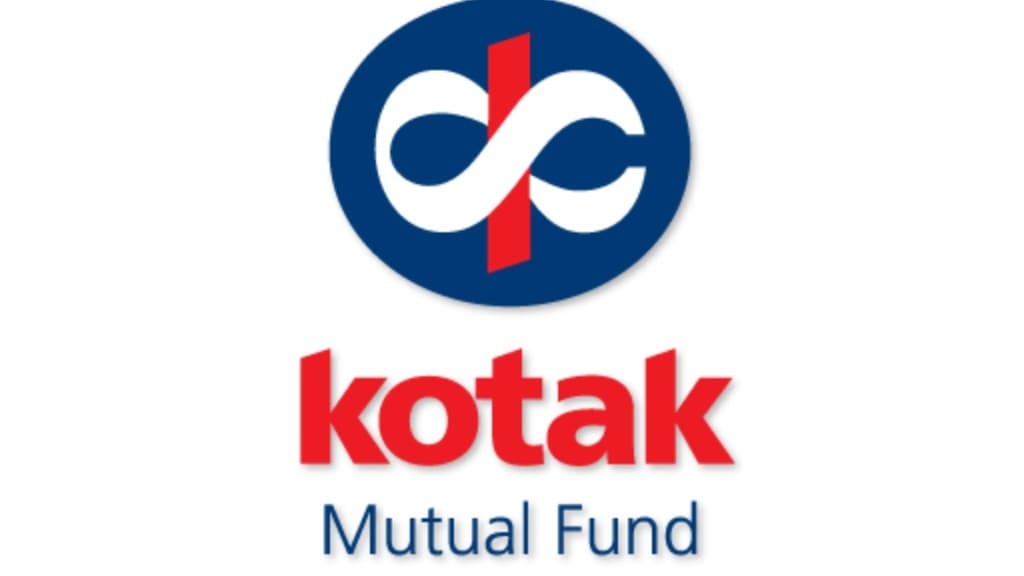Domestic equities that were on a bull run saw one of their worst performances in recent times last week, as fear of conflict spreading in West Asia, coupled with valuation worries, propelled investors to take some money out of the market. In the last 5 trading sessions, the Nifty fell 2.5% to 22,147 points, and the Sensex fell 2.1% to 73,088.33 points. While it seems the tensions between Iran and Israel may not immediately escalate any further, Harsha Upadhyaya, CIO at Kotak MF believes the upcoming weeks will be crucial for the market. Upadhyaya tells Vivek Kumar M that he expects returns to moderate in the next 10 years. Excerpts:
We have seen some correction due to tensions between Iran and Israel. Do you think we are at the bottom?
It is always difficult to predict market from the short-term perspective. Clearly valuations are on the higher side, more so in small-caps. What happens in Middle East (West Asia) is going to be the focus point, at least in the short term.
If it does not escalate, I think then markets will look only towards earnings. But otherwise, more than earnings, this will weigh on the investor’s mind because already crude is near $89-90 per barrel. If it moves higher from these levels, couple of issues will come up. One, obviously our economy will not be as strong as what one is predicting today. And corporate margins also can take a hit. So, next few weeks will be very crucial.
We have seen small-cap and midcap stocks holding ground despite the concerns over valuations. And even with the Iran-Israel tension, small-caps have fared better than large-caps. How do you make sense of it?
If you look at the flow structure, it has been much higher in the small-cap and mid-cap segment as compared to large cap. And there is no fundamental negative there. Apart from the valuation risk, there is no India specific negative. To that extent, people are betting on mid and small-caps that over the next 3-5 years, since economy is expected to do well, these companies will do much better than large-cap because large-cap companies already have gone to a certain size and many of them may also have some international linkage. In case of mid-caps, that proportion is less.
But valuation obviously is higher and can lead to a correction if there are any headwinds, whether fundamental or sentimental.
What is your view on Fed’s interest rate trajectory going ahead, and what does it mean for markets if interest rates stay higher for longer?
Currently, June seems to be out of table. Even September depends on the inflation trajectory. Clearly, how crude behaves from here on will be key. As for equities, even when interest rates went up, they didn’t react negatively. As long as the economy is doing well and the corporate earnings growth continues, interest rate alone will not be deciding factor for market. Because interest rate, at the end, is a cost of capital for running the business. If you are able to earn more than that, you will still make money for sure.
Overall, it may dampen some sentiments. But how much valuation correction will happen, that is difficult to predict.
What is your expectations from Indian equities from a longer-term perspective, say 5-10 years down the line?
If you look at last 30-35 years, Indian markets have given roughly about 13% return, plus the dividend yield of another 1-1.5%. So, it’s around 14%. Going forward, I don’t think you can expect the same kind of growth rate for the next 10 years because our economy has become much larger. Apart from that, the cost of capital used to be higher earlier. So, to that extent, while the returns looked larger, the inflation was also high. It’s not the case now.
There will probably be moderation in returns. But I think given our growth rate of 7-7.5% and some inflation, the nominal GDP growth itself should be in double digits, at least for the next several years. If that is the case, some of the companies should be able to deliver better than that.
